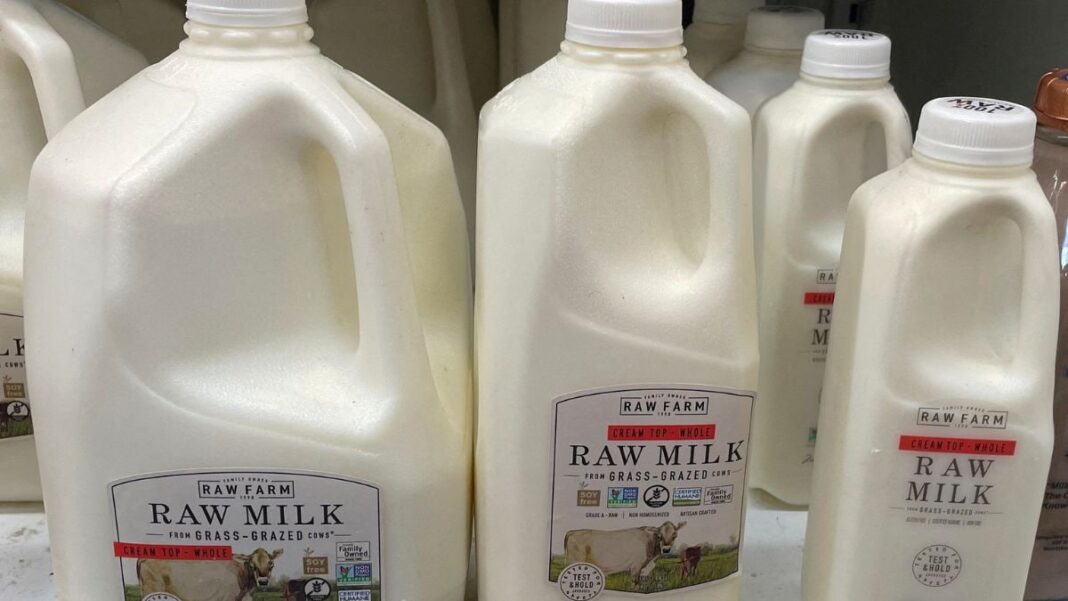Raw Milk Consumption Linked to Bird Flu Outbreak in California
Health officials in California are on high alert following a recent incident involving a child who fell ill after consuming raw milk and was later diagnosed with bird flu. The Marin County Public Health has issued a warning urging residents to refrain from drinking raw milk until further investigations are completed.
What happened to the child?
The child in question tested positive for influenza A, a group of viruses that includes seasonal and avian flu strains. While the child has since recovered, health authorities are actively working with the California Department of Public Health and the US Centers for Disease Control and Prevention to determine the exact subtype of the virus.
Dept of Agri calls for milk testing
In response to the outbreak, the US Department of Agriculture has mandated the testing of the national milk supply for bird flu viruses. This move aims to ensure the safety of dairy products and prevent the spread of the virus among animals and humans.
The dangers of raw milk consumption
Despite its growing popularity, consuming raw, untreated milk poses significant health risks, including the potential transmission of bird flu. The Centers for Disease Control and Prevention advise against drinking raw milk, emphasizing the importance of commercial pasteurization to eliminate harmful pathogens.
Conclusion
The recent bird flu outbreak linked to raw milk consumption underscores the importance of food safety measures and public health awareness. It serves as a reminder of the risks associated with consuming unpasteurized dairy products and highlights the need for strict regulations to protect consumers from infectious diseases.
Frequently Asked Questions
1. Can raw milk cause bird flu in humans?
Raw milk consumption has been linked to the transmission of bird flu in humans, as seen in the recent case in California.
2. What steps are health authorities taking to address the outbreak?
Health authorities are conducting thorough investigations and working closely with state and federal agencies to contain the spread of the virus.
3. Why is pasteurization important in milk production?
Pasteurization is crucial in milk production as it helps eliminate harmful bacteria and viruses, ensuring the safety of dairy products.
4. How can consumers protect themselves from bird flu?
Consumers can protect themselves by avoiding raw milk and opting for commercially pasteurized dairy products.
5. What are the symptoms of bird flu in humans?
Symptoms of bird flu in humans can include fever, cough, sore throat, and respiratory difficulties.
6. Is there a vaccine available for bird flu?
There are vaccines available for certain strains of bird flu, but their effectiveness may vary.
7. Should dairy farmers be concerned about bird flu in their livestock?
Dairy farmers should remain vigilant and follow biosecurity measures to prevent the spread of bird flu among their livestock.
8. What role does the USDA play in monitoring food safety?
The USDA plays a crucial role in monitoring food safety and implementing regulations to safeguard public health.
9. Are there any alternative dairy products that are safe to consume?
Commercially pasteurized dairy products are considered safe for consumption and are recommended as a healthier alternative to raw milk.
10. How can consumers stay informed about food safety alerts?
Consumers can stay informed about food safety alerts by following updates from local health departments and regulatory agencies.

